What Exactly Is Practical Life?
By Ana Catherine Dickens-Massengill, Primary Teacher
 Back when I was in college, I nannied for two children who attended both the toddler and primary programs at a Montessori school. Each day that I picked them up from school I would ask, “What did you do today?” Often the answer was, “I washed the tables,” or “I baked the bread” and I thought ‘what is this amazing preschool where kids bake bread, wash tables, and polish shoes?’
Back when I was in college, I nannied for two children who attended both the toddler and primary programs at a Montessori school. Each day that I picked them up from school I would ask, “What did you do today?” Often the answer was, “I washed the tables,” or “I baked the bread” and I thought ‘what is this amazing preschool where kids bake bread, wash tables, and polish shoes?’
When I was in preschool, I’m pretty sure we played with blocks and baby dolls and sang the alphabet. After seeing the work the children were doing in the classroom and the way the teachers spoke so respectfully to the children, I was feeling so curious about this philosophy called “Montessori.”
From my introduction to Montessori all those years ago, it makes sense that I still feel so passionately about the beauty and importance of Practical Life curriculum in the Montessori classroom. But what exactly does practical life curriculum encompass and why is it so important, parents often ask. Practical life activities are unique to Montessori classrooms and encompass a wide range of skills and activities from pouring water, to preparing a snack, to sewing a button, or cleaning a spill. You may notice that your child craves independence but still needs a great deal of support from you to “help me do it myself.” Children in this plane of development are highly interested and motivated to care for themselves as well as their environment. Practical Life activities create an opportunity for young children to become independent.
The direct aim of practical life activities is to help children refine their fine and gross motor skills, but the indirect aim of these activities is for children to develop their sense of coordination, order, independence, and to experience the sensation of concentration with something non-academic so that, as their academic skills progress, the child will be able to sit down and keep their work organized and have the ability to concentrate on more lengthy academic works. In the toddler and primary classroom, we take a simple activity and break it down into a very direct sequence of steps which we present to the child with minimal language through a lesson. For example, one of my favorite practical life, long sequence works such as table scrubbing has many steps for a child to hold in their mind.
Here is a list of steps a child has to complete when doing the Table Scrubbing work:
 Take the work off the shelf.
Take the work off the shelf.- Take the work to a table.
- Put on the Apron
- Unroll the mat.
- Place the pitcher, scrub brush, soap, sponge, bowl, bucket, and towel on the mat.
- Take the pitcher to the sink to get some water.
- Pour the water in the bowl.
- Wet the scrub brush and tap 3 times to remove excess water.
- Dab the brush onto the soap.
- Scrub the table in circular motions left to right and top to bottom.
- Rinse and tap the brush, place in dish.
- Get the sponge, wet the sponge, and squeeze the sponge out 3 times.
- Wipe the extra suds off the table left to right, top to bottom.
- Rise and squeeze the sponge out.
- Wipe the table with the dry towel left to right, top to bottom.
- Pour the dirty water in the bucket.
- Take the bucket to the sink and pour out the water.
- Use the towel to dry the bucket, bowl and any spilled water.
- Place the wet towel in the laundry basket.
- Get a dry towel from the towel basket.
- Place the brush, soap, bowl, pitcher, and folded towel into the bin.
- Take off the apron, roll it up, and put it in the bin.
- Put the work back on the shelf.
 There are so many steps just to wash a table! I often like to ask parents to think of how many steps there are in simple daily tasks, such as making the bed, setting the table, or washing your hands. Imagine the sense of accomplishment a three-year-old feels after completing these huge tasks!
There are so many steps just to wash a table! I often like to ask parents to think of how many steps there are in simple daily tasks, such as making the bed, setting the table, or washing your hands. Imagine the sense of accomplishment a three-year-old feels after completing these huge tasks!
Practical Life activities are a wonderful way for parents to practice Montessori in the home as well. Including your little one in your daily routines and rhythms of home life are a great way for children to feel a sense of place, control, accomplishment, and independence. Invite your child to sweep the kitchen floor after supper with a child-sized broom. Allow your child to cut fruit for the family’s breakfast. Young children can even make their bed and fold their clothes. It is amazing to see the important and big work our little ones are capable of!
